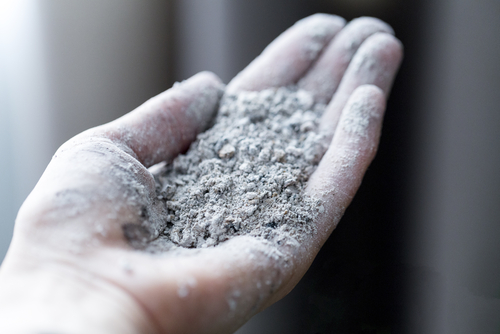Chromium May Contribute to Sjögren’s Development, Study Suggests

Higher-than-normal levels of chromium in the soil seem to be associated with an increased prevalence of Sjögren’s syndrome in Taiwan, suggesting chromium as a possible environmental risk for the condition.
The study, “Increased prevalence of Sjogren’s syndrome in where soils contain high levels of chromium,” was published in the journal Science of The Total Environment.
It is estimated that Sjögren’s syndrome affects approximately 1% to 2% of the world’s population. But some regions are more affected, suggesting that environmental factors may play a role.
Heavy metal pollution in farm soils due to industrial wastes is a major concern in Taiwan, being associated with an increase in oral cancer. Also, areas where farm soils contain high levels of chromium and nickel have a 3.6 times higher incidence of Sjögren’s syndrome.
“In Taiwan, patients with Sjögren’s syndrome are entitled to a waiver of medical co-payments. However, they need a catastrophic illness certificate before approval of waivers,” researchers said.
Now, researchers reviewed the distribution of Sjögren’s syndrome cases in Taiwan to determine whether there was an association with heavy metals in the soil. They crossed information from the authority in charge of catastrophic illness certificates with data collected from nationwide surveys on heavy metal concentrations in farm soils.
Overall, the study covered 11,220 patients who received a Sjögren’s syndrome certificate from 2000 to 2011. The prevalence of the condition was 31 cases per 100,000 people.
The regions of Changhua, Taichung, and Nantou had the highest prevalence of Sjögren’s, reaching up to 53 cases per 100,000 people. These areas also had the highest levels of heavy metal in the soils.
Additional analysis revealed a positive correlation between chromium levels and Sjögren’s syndrome. No similar association was found between disease incidence and six other common heavy metals.
Therefore, the team believes that “chromium is likely a risk for Sjögren’s syndrome.”
While this study shows that chromium may contribute to Sjögren’s syndrome development, it does not provide any answers on how this might occur. The team plans to address this by studying blood chromium levels in Sjögren’s syndrome patients, and exploring the role of chromium in Sjögren’s syndrome development in mice.
“We hope this work can inspire other researchers and help in unraveling of the [underlying mechanism] of Sjögren’s syndrome, a prevalent disease which [was] never heard of a century ago,” they said.





